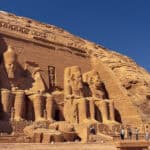Wondering what to pack for Morocco? Our expert guide is here to help.
What do you Need to Pack for Morocco?
Packing for any trip can be a stressful endeavour, but throw in questions like whether you need to wear a veil and you can feel on distinctly shifting sands. Swap uncertainty for feeling prepared and get ready to enjoy your time away. For travellers to Morocco, this packing guide will serve as a checklist to help you make the most of this beautiful country.
Looking for a Morocco packing list? You can download a free copy of our ultimate packing list here.
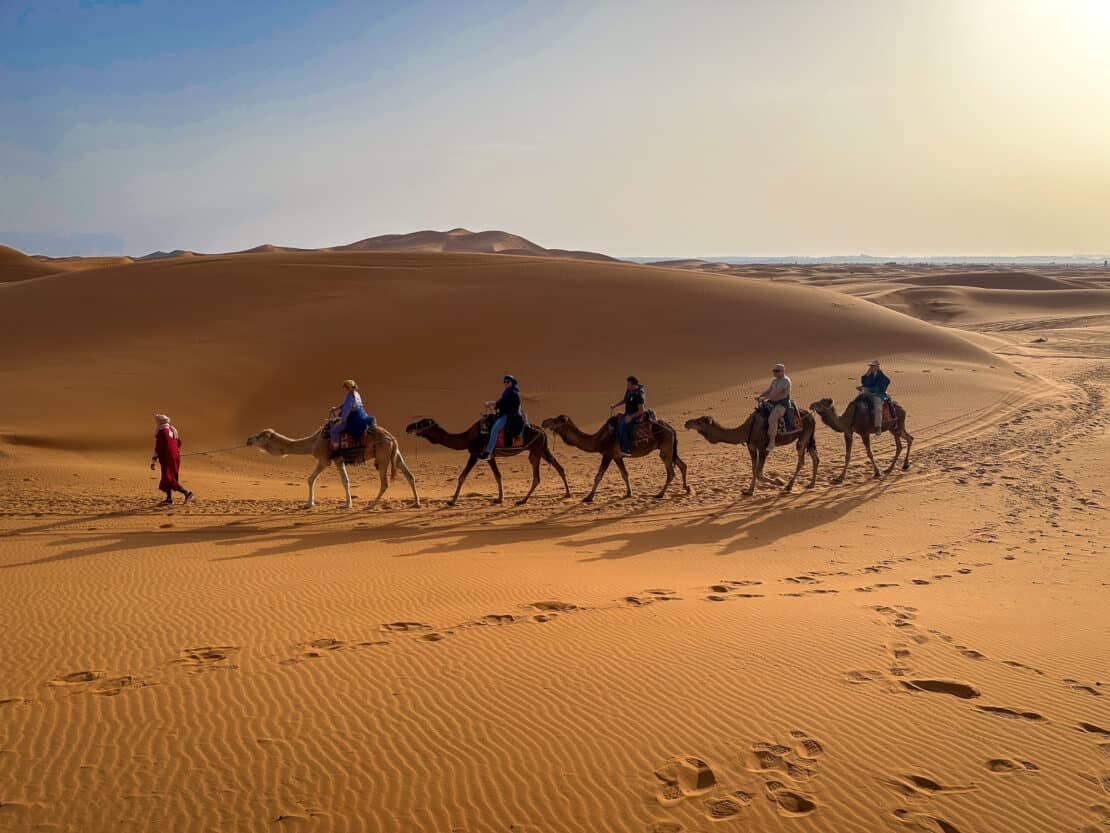
What to Pack for Morocco
Key Documents
In addition to your passport, there are a few documents you’ll want to take with you when travelling to Morocco. Remember your visa and vaccination records, as well as any travel insurance details and an emergency contact number.
Similarly, if you plan on hiring a car while you’re out there, you will need your driving licence.
Make sure you have written letters to support any prescription medication, particularly if you need to carry needles and sharps boxes. Read more about hiring a car in Morocco here.
Electronic Devices
Electronics can often be overlooked but they’ll make your trip much easier and more convenient. Your phone is a necessity (don’t forget the charger and an adapter – Morocco uses types C and E plugs, similar to those used in Europe), but you may also want to take a main camera to capture those once in a lifetime memories.
Choose a compact DSLR or mirrorless camera to avoid taking up too much room in your luggage, and to keep the weight down. It will also make it easier to take with you in your day bag when you’re sightseeing.
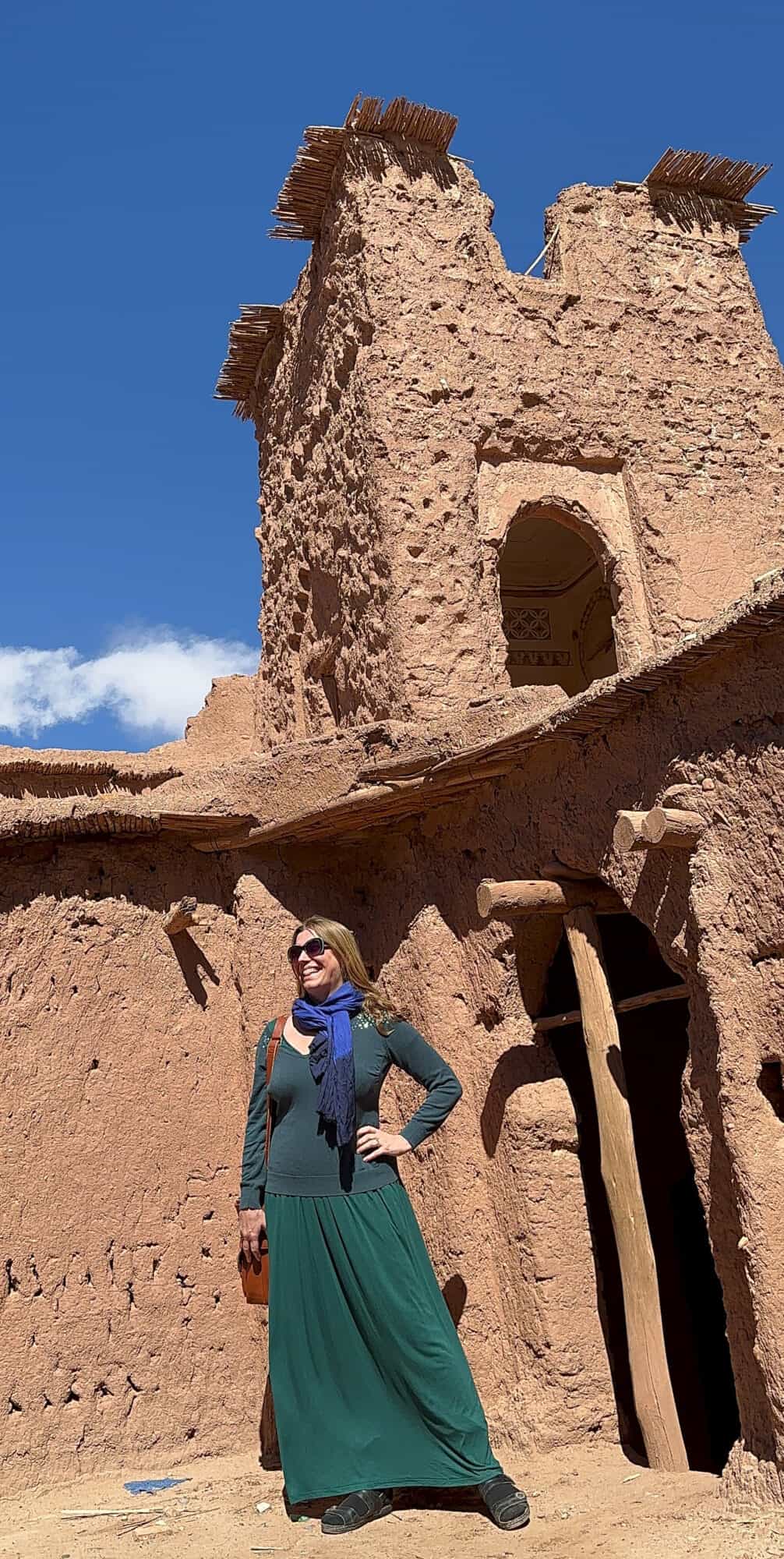
Clothing Essentials
Morocco has a diverse climate and temperatures can range from desert temperatures in the Sahara to cool weather in the Atlas Mountains and coastal areas, so bear this in mind when you’re planning outfits.
You can find reliable information about the weather in Morocco on the Met Office website.
You also need to be respectful of religious customs, especially if you’re visiting mosques and places of worship, by covering up. Morocco is a muslim country and while local women do not need to wear the niqab, you’ll notice that most follow local customs and dress rather modestly.
Planning a trip? Don’t miss our ultimate Morocco itinerary.
For women, this may be in the form of a pashmina or shawl, or long-sleeved tops and skirts that cover the knees. A light scarf can also be helpful for covering shoulders and your head out of a sign of respect, or protecting yourself from the sun.
Maxi dresses and maxi skirts with long-sleeved shirts are another good combination.
For men, loose trousers (long pants, dear Americans) and t-shirts are acceptable, but collared shirts are preferred – try not to dress too casually and steer clear of branded clothing and anything too revealing.
Tank tops, crop tops, sleeveless shirts and short shorts may well attract unwanted attention and should generally be avoided outside the tourist areas and certainly in rural areas.
Make sure the clothes you bring are breathable and light-coloured to reflect the sun, and remember to pack a sun hat to protect yourself from the intense rays.
Morocco has many beach locations, and the hotels and riads here typically feature pools, so if you want to cool off with a dip at the end of the day, pack a swimsuit.
Do you need to wear a headscarf in Morocco?
Do you need to wear a headscarf in Morocco? The short answer is no. But it can be useful for a number of reasons. Check out this little video on instagram where I explain why.
Footwear
For footwear, comfortable sandals are the best choice for the beach and casual outings, but keep in mind the type of activities you’ll be doing when you arrive.
If you’ll be hiking, for example, you’ll want to pack footwear that’s more supportive like trainers or hiking boots, or closed-toe walking shoes for getting around the medinas and souks.
Above all else, comfortable shoes are a must.
You can find my walking holiday packing list here and discover my tips for hiking in Ouirgane Valley here.
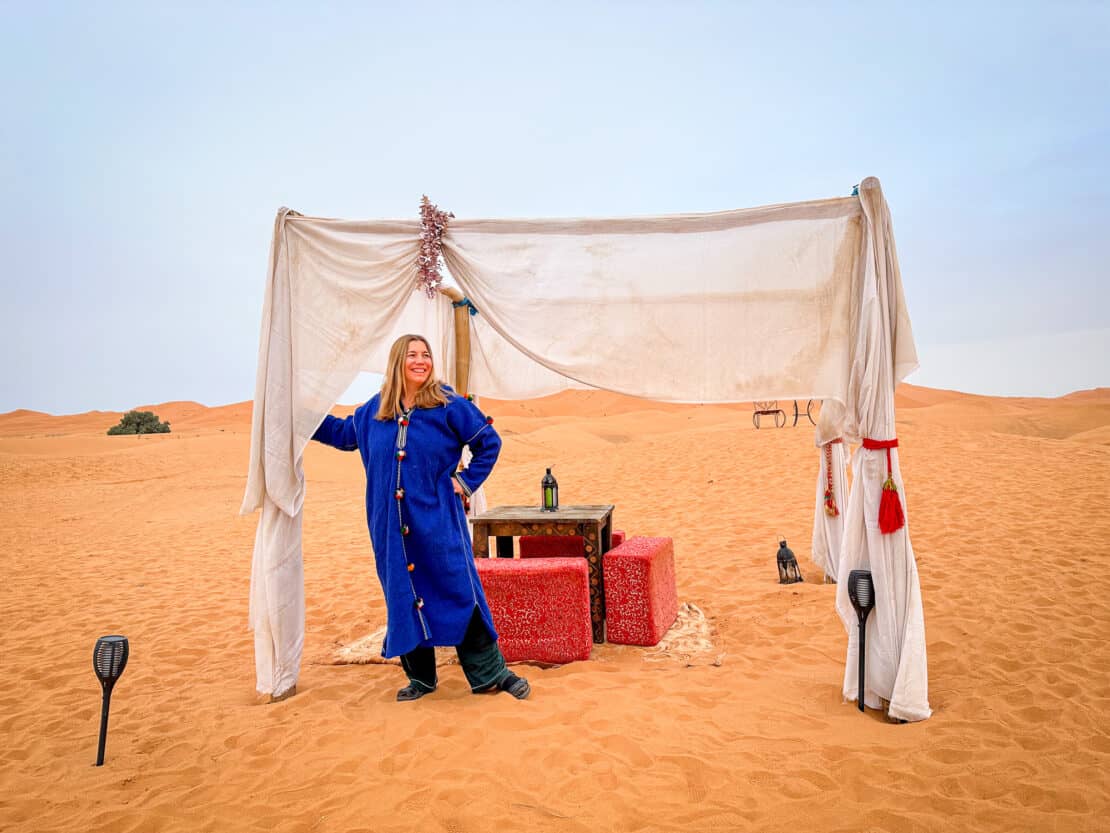
Weather Extremes
You can often find snow in the high Atlas Mountains, so prepare for the cold nights with sweaters or jumpers, fleeces, coats and thick socks and boots.
The Sahara Desert can be scorching by day and freezing by night, so pack accordingly for any overnight stays.
Lastly, always check the weather no matter the time of year. Morocco has a reputation for hot weather but the reality is that it can get quite cool, too. Plus, as with many countries, the weather is less predictable than it used to be. Check the weather forecast a few days before you go and be prepared to adjust your expectations. If you need to pack a light jacket for rainy days, then so be it!
Need more inspiration? Our ultimate printable holiday packing list has you covered.
Language Guides
It’s a good idea to try to communicate with local people in their own language, and many people will appreciate the gesture. There are several languages spoken in Morocco, including Modern Standard Arabic, Darija which is Moroccan Arabic, Berber languages, French, Spanish and English.
So, while you might be able to get by with English, it’s a good idea to have a phrasebook or app to hand to help you communicate effectively, whether it’s bartering in the markets or ordering a meal.
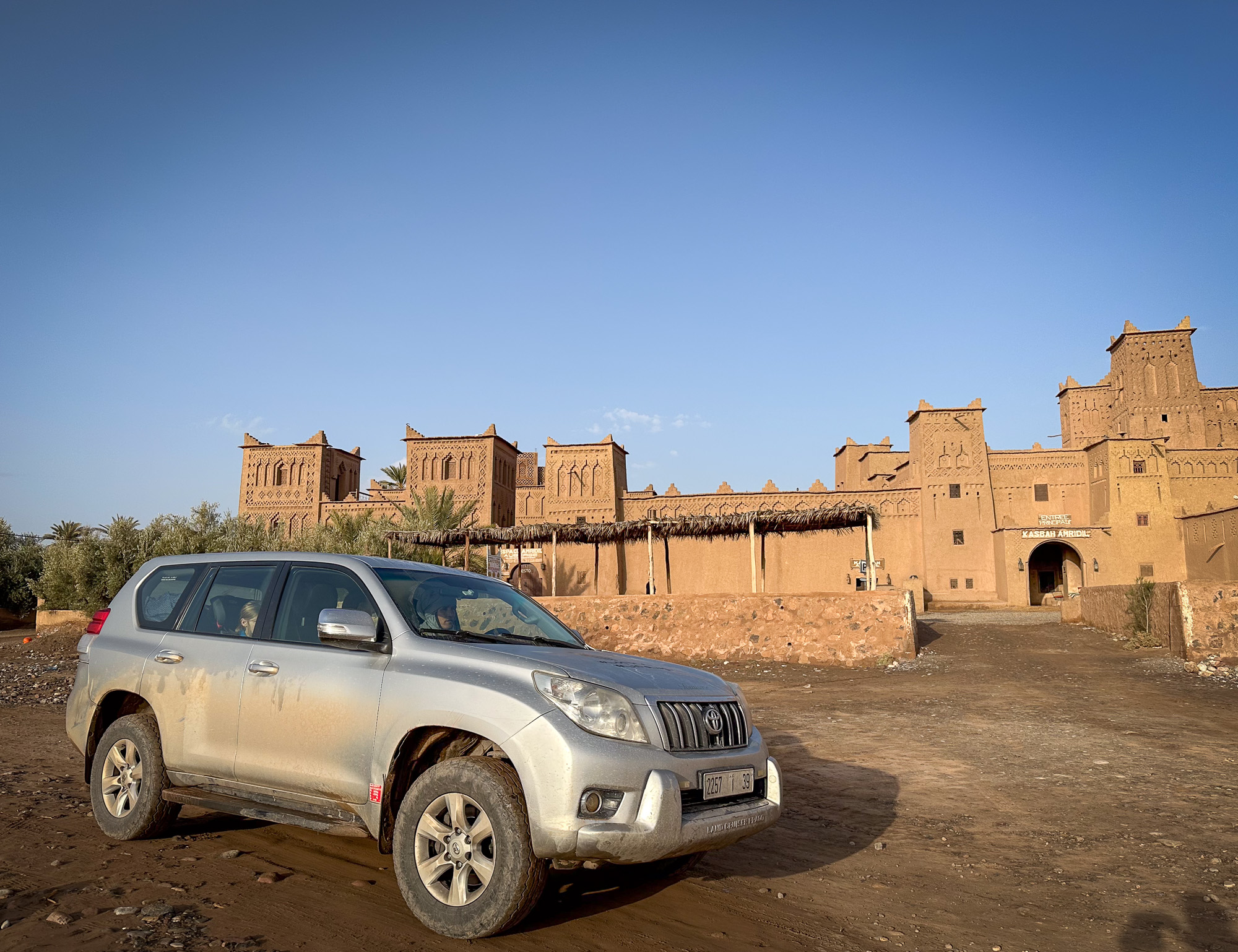
Overlooked Items
There are a few items that people often neglect to pack.
For example, reusable earplugs can be incredibly helpful for a restful night’s sleep, especially as call to prayer can be quite loud and often starts as early as 4am.
If you’re someone who likes to journal, a notebook or travel journal and pen can be handy to keep close by for jotting down key memories or places you’ve visited during your trip.
Lastly, remember to pack a travel-sized umbrella for unexpected showers.
Your luggage itself also needs considering. If you’re planning on visiting the likes of Marrakech or Fez, many of the riads in the Medina aren’t accessible by car so you’ll need to carry your bags with you to your accommodation.
Having a suitcase that’s easy to manoeuvre and has sturdy wheels will make it easier to get from A to B. A high-quality luggage lock is invaluable for peace of mind too – lockable luggage cables are an essential investment to keep your belongings secure.
You can find my recommendations for carry-on luggage here.
If you’re taking several bags with you, or travelling as a group, you may want to tie them together with a cable for peace of mind. Another option is to invest in a long cable shackle which provides a versatile solution for bags with outer pockets that only have one zip head, so you can secure them to another zip on the case.
Take a small bottle of hand sanitiser and a reusable water bottle, although be aware that it’s a good idea to steer clear of the tap water.
If you’re travelling with young children, then a car seat is an essential item – don’t rely on the rental company.
Check out the other baby travel gear items you need (and what you don’t) here.
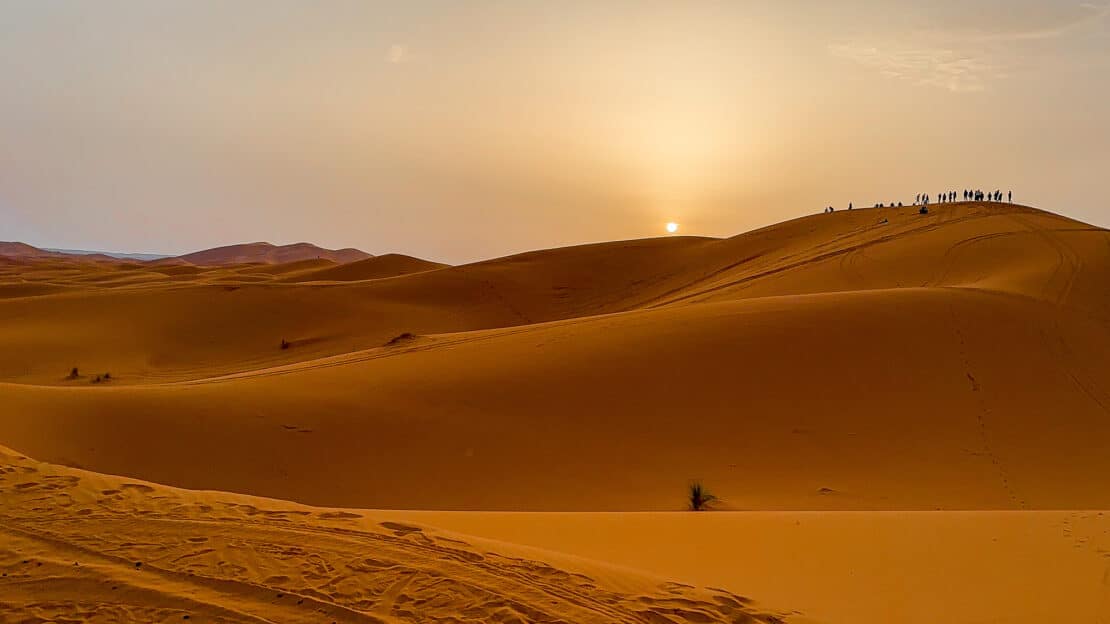
Medication and Hygiene Products
When you’re travelling to a foreign country, it’s wise to be prepared for the worst and hope for the best. Naturally, you’ll want to bring any medication you need to take daily, making sure you have enough to cover your entire trip, but it’s also a good idea to keep a copy of your prescription with you in case customs query the drug and the quantity you’re travelling with, or if you need to refill for any reason. You can find out more about travelling with medications on the GOV.UK page.
Painkillers like ibuprofen or aspirin are good to keep on hand, as the hot weather can often cause dehydration and headaches. Anti-diarrhoea tablets like Imodium and electrolyte tablets are also worth taking with you in case you get an upset stomach abroad.
A high-factor SPF sunscreen is essential, along with an insect repellent, but you may also want to invest in insect repellent wristbands which can keep you bug-free without the worry of using valuable luggage space on extra liquids.
For women, sanitary products can be more difficult to find compared to back home, so always be prepared and bring these with you when you pack.
Finally, wet wipes and hand sanitiser are worth keeping with you as payment is often requested in public restrooms in Morocco and doesn’t always include toilet paper.
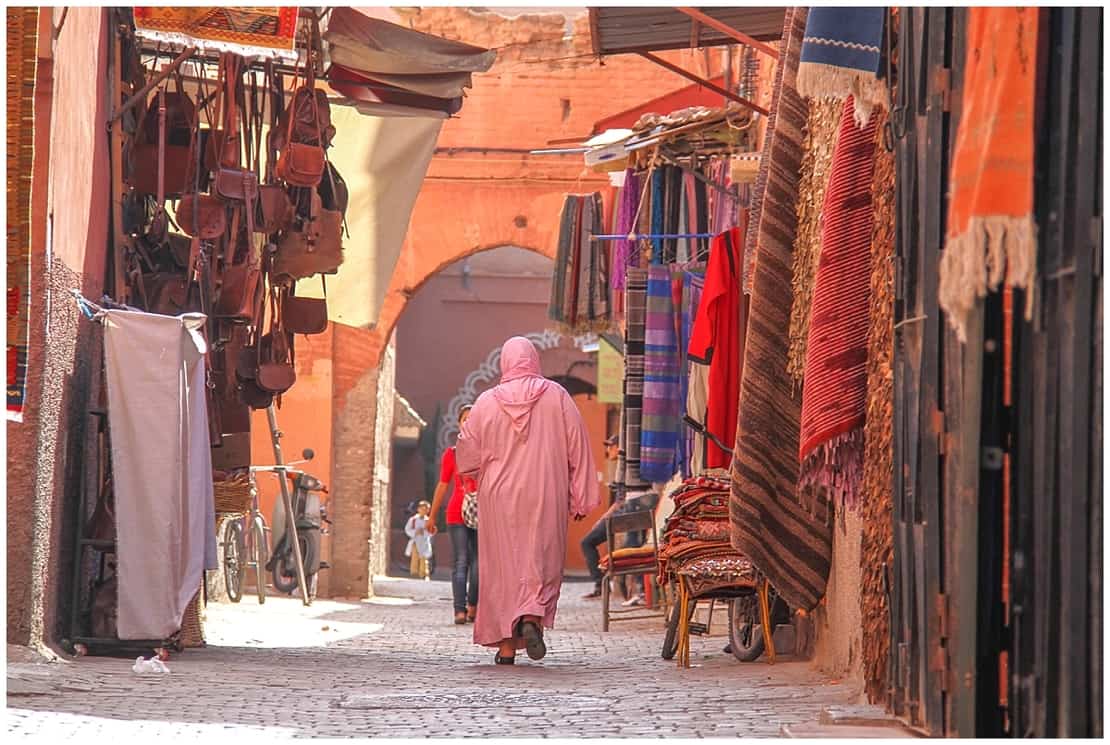
Anti-Theft Measures
When you’re travelling, staying safe is paramount and that goes for keeping your belongings safe too. A money belt or a slash-resistant bag give some people peace of mind when walking through crowded areas, like the markets or tourist spots (although, I’ve never found them helpful.)
It’s best to keep your belongings close to you and ensure you don’t flash expensive items like cameras or phones around to minimise the risk of them being stolen, but remember to stay on your guard too just in case. A crossbody bag is harder for someone to grab and a good choice for female travellers.
For a comprehensive guide to packing, now is a great time to download our free, ultimate packing list.
More About Travel in North Africa
- Hiking in Ouirgane Valley takes walking to a new level
- The highs and lows of driving in Morocco
- How to plan the perfect Morocco itinerary
- The Viking Nile cruise review
- What’s new in Ancient Egypt?




